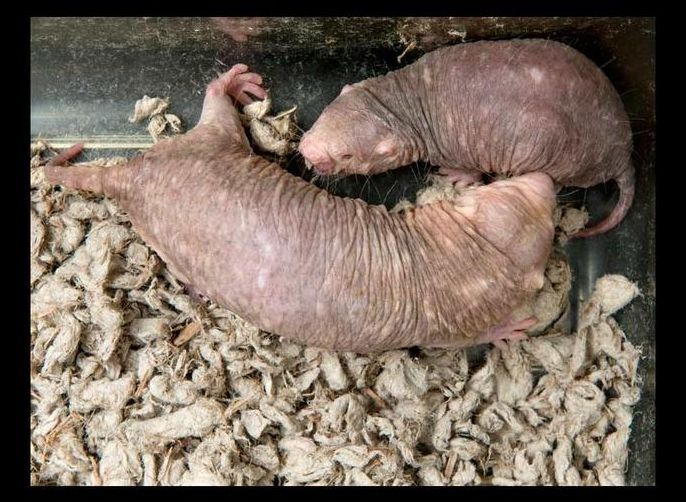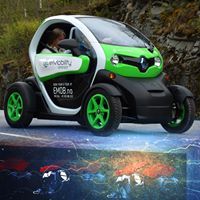Feb 3, 2020
The scent of a rose improves learning during sleep
Posted by Kaiser Matin in categories: biotech/medical, education, health, neuroscience
Fragrance helps learning even during sleep!
Effortless learning during sleep is the dream of many people. The supportive effect of smells on learning success when presented both during learning and sleep was first proven in an extensive sleep laboratory study. Researchers at the University of Freiburg—Medical Center, the Freiburg Institute for Frontier Areas of Psychology and Mental Health (IGPP) and the Faculty of Biology at the University of Freiburg have now shown that this effect can be also achieved very easily outside the lab. For the study, pupils in two school classes learned English vocabulary—with and without scent sticks during the learning period and also at night. The students remembered the vocabulary much better with a scent. The study was published in the Nature Group’s Open Access journal Scientific Reports on 27 January 2020.
“We showed that the supportive effect of fragrances works very reliably in everyday life and can be used in a targeted way,” said study leader PD Dr. Jürgen Kornmeier, head of the Perception and Cognition Research Group at the Freiburg-based IGPP and scientist at the Department of Psychiatry and Psychotherapy at the University of Freiburg—Medical Center in Germany.
Continue reading “The scent of a rose improves learning during sleep” »


















